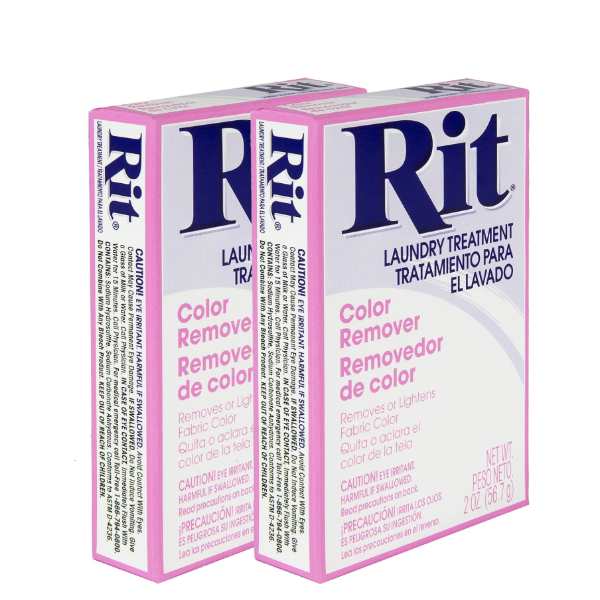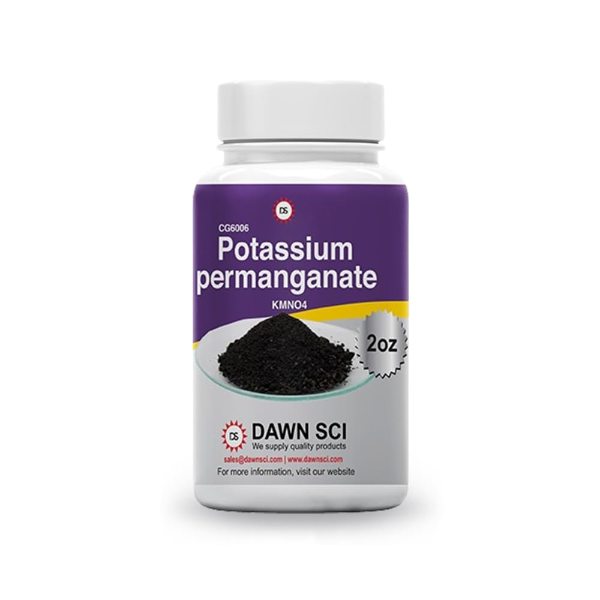Has your favorite silk blouse seen better days? Silk might be delicate, but there are ways to fix common issues like fading, stains, and wear and tear. In this guide, you’ll discover handy techniques to restore the beauty of damaged silk fabric. So, join us as we explore the question, “how to repair damaged silk fabric?” and learn how to revive faded colors, remove stubborn stains, zap mildew, and more.

1. Fixing Color Loss or Fading
It’s heartbreaking when your beloved silk item starts to fade and lose its vibrancy. Watermarks, fading, and color loss can appear due to exposure to water, body oils, alcohol spills, abrasion from rough handling, or even sunlight. But do not despair! Here are some handy home methods to restore the fabric’s lost color and luster:
The Saltwater Method
First, try soaking the faded silk in a saltwater solution while gently washing, as this can often revive the fabric’s color. Here’s how you can do it:
- Make the Saltwater Mix: Mix cold water with about ½ cup of salt for every gallon of water.
- Soak the Silk: Put the faded silk in the solution and leave it for several hours or overnight.
- Wash Gently: After soaking, wash it by hand with mild detergent and cold water.
- Air Dry: Let the silk air dry, but keep it out of direct sunlight.
This is a simple and affordable method, but it may not completely restore the original color if the fading is too severe. If that’s the case, you may need professional help or products specifically made for silk.

The Hydrogen Peroxide Method
Alternatively, you can opt for the hydrogen peroxide method, which may help restore vibrancy but may not fully fix severe fading. Here’s how to do it step-by-step:
- Mix the Solution: Combine 1 part hydrogen peroxide (3%) with 10 parts water (or equal parts for stronger treatment).
- Test First: Test the solution on a hidden area to ensure it won’t damage the silk.
- Soak the Fabric: Submerge the silk fully in the solution and let it soak briefly.
- Rinse: Rinse thoroughly with cold water.
PRO Tip: While following this method, always avoid metal containers (as hydrogen peroxide can react with metal), and wear gloves for safety.
Neutralization (Optional):
- Mix water and white vinegar (11 tablespoons vinegar per gallon of water).
- Soak the silk in a mix of water and white vinegar (11 tablespoons vinegar per gallon) for 10 minutes to neutralize any leftover hydrogen peroxide.
- Rinse again, press out excess water gently (don’t wring), and air dry in a shaded area.
⚠️Caution: Hydrogen peroxide can cause silk to fade or develop uneven patches if not tested first. It may also weaken the fabric over time, as studies suggest it can slightly reduce silk’s flexibility and strength.

Removing Colors & Re-dyeing Silk
Rit Color Remover can be used to strip color from silk without damaging the fabric, as it’s a non-chlorine bleach designed for delicate materials. This method may work for you if your silk piece is a solid color without prints or patterns.
The process is simple: grab a stainless steel sink, some hot water, mild detergent, and make sure you’re working in a well-ventilated space. Just follow the instructions on the Rit Color Remover packet — mix the powder with hot water, soak your silk, and watch the color fade away in as little as 10 minutes. Your fabric will turn into a blank slate, usually white or off-white, ready for a fresh new look.

Our Recommendation:
Rit Dye Laundry Treatment Color Remover
Once most of the original dye is gone, you can get creative with natural dyes like avocado pits or henna, or even use food coloring for a fun DIY approach! Believe it or not, you can dye silk even with regular food coloring.
⚠️ Heads up: Rit Color Remover won’t erase prints or patterns, only the overall color. Also, silk might not turn pure white—some residual color or discoloration could remain, which may slightly impact your final dye results.
Let Your Dry Cleaner Help You
However, if you’ve tried these tricks and the results still aren’t up to par, it may be time to take the piece to a professional cleaner to work some dye and baking soda magic. As a temporary fix, some dry cleaners may offer a special process to revive faded colors.
PRO Tip: To keep silk looking at best, wear dress shields, store away from direct sunlight, and clean frequently.

2. Removing Stains
When it comes to silk, chlorine bleach can’t help you remove stains, as it would oxidize the surface material of the stain, rather than dissolve it. It would simultaneously burn off the cloth fibers to some degree, causing the silk to lose color and disintegrate.
Instead, try using a mild detergent or cleaning agent specifically designed for silk. Apply only a small amount directly to the stain and gently blot it with a soft cloth. Make sure to avoid rubbing or scrubbing the fabric.
For sugar-based stains (like wine or soda), pre-treat the stain with a glycerin-based cleaner before using your mild silk detergent. Glycerin is great at breaking down sticky substances without compromising the fabric. Always test it first on a hidden area to avoid any discoloration.
PRO Tip: when handling stains in silk, avoid ammonia, acetone, and other harsh chemicals.

Dry Cleaning Can Help You Remove Stains
If home staining removal efforts don’t work, take the silk item to a professional dry cleaner. Dry cleaning uses solvents containing little or no water, which dissolve grease and oil without penetrating the fibers as regular washing does. With charcoal derivatives and sizing, these solvents can effectively remove stains and odor, reduce discoloration, and restore crispness to the silk fabric.
When taking the fabric to the dry cleaner, make sure to let them know the source of any stains, especially when it comes to sugar-based stains, such as wine and soda, so that they pre-treat the silk before the process. This is crucial, as without the pre-treatment, the heat from drying and pressing may set the stain.
PRO Tip: A soil left too long may be impossible to remove so make sure to address stains as soon as possible.

3. Getting Rid of Mildew
When dealing with mildew on your clothes, your first instinct may be to reach for bleach. But be careful – bleach will ruin delicate silks! It will burn right through the fibers. Given that, we’ve prepared two DIY solutions to effectively eliminate mildew from your silk garment:
PRO Tip: stay away from commercial mildew removers meant for hard surfaces. They are far too harsh for clothes, especially silk.

Treat Your Silk With Potassium Permanganate
Potassium permanganate is an old-school fix for stubborn stains and mildew on silk, but it’s powerful — it has strong oxidizing properties and requires careful handling. So, keep in mind that a little goes a long way. Given that, here’s how to use this product safely:
Before You Start:
- ✔ Test first – Dab a tiny amount on a hidden spot to check for color changes.
- ✔ Gear up – Wear gloves to protect your hands.
Once you do that, simply cover the fabric with enough water and stir in 1 tablespoon of potassium permanganate. Let it soak a minute or two, then rinse very carefully.
Afterward, hand wash the silk with a gentle detergent and dry flat, away from heat. This is an emergency fix, so use it sparingly—your silk will thank you!

Our Recommendation:
Potassium Permanganate Regent Powder

Lemon Juice Solution
Let’s talk about lemon juice—nature’s own gentle cleaner that can work wonders on mildew stains. It’s a great option for lifting stubborn mildew from silk, but remember, silk is delicate. Always test the lemon solution on a hidden corner or hem of the garment before applying it more broadly.
For the cleaning solution, squeeze fresh lemons and mix the juice with warm water in equal parts. Submerge the silk in the lemony solution for 30 minutes, so that it can effectively fight off mildew. The acid in the lemon will help break down the mildew, leaving your silk looking fresh without the harsh chemicals.
Once you’re done, rinse the fabric thoroughly with cold water and gently wash it as usual. And voila! Your silk is mildew-free.

4. Fixing Physical Damage
When asking the question, “how to repair damaged silk fabric?”, you may be struggling with garments that suffer from wear & tear. When it comes to pulling, splitting, or fraying, silk fabrics can be near impossible to repair without professional help. So, we would suggest consulting a tailor to address these issues.
However, a potential solution to certain types of physical damage could lie in DIY techniques, such as darning, patching, or appliqueing a fabric patch over the damaged area.
If your silk garment has a few holes here and there, you can patch them with a small piece of matching fabric. Alternatively, you can opt for more elaborate sew-on patchwork, which come in fun shapes and designs, breathing new life to your damaged silk garment. This will not only protect clothes from wear and tear but also personalize your clothes with one-of-a-kind, decorative embroidery.
PRO Tip: To prevent your silk from developing frays or pulls, always store it in a fabric garment bag. This will protect it from rough handling and environmental wear, such as exposure to friction in your closet or when being stored with other clothes.

Why Dry Cleaning Is Your Best Friend
Dry cleaning is often the best option for cleaning delicate silks that are damaged or stained. Professional dry cleaners have the expertise to properly pre-treat heavily soiled areas, gently remove stubborn stains, and use specialized solvents that won’t harm the silk fibers. Their skilled techniques can completely revamp distressed silks.
Dry cleaners don’t just clean — they refresh. Their expert pressers can remove any lint and press your garment back into its perfect shape. Some even offer minor stitching repairs to fix those little snags. Once your garment is ready, it will be returned to you neatly packaged on a hanger, all wrapped up in protective plastic.
But, be warned: While dry cleaning can work miracles, there are still limits. Some stains may be too stubborn, dyes could run or fade, and there’s always the risk of shrinkage. Dry cleaning minimizes these risks, but it can’t guarantee 100% perfection. If you’re wondering, “How can I repair damaged silk fabric?”—sometimes, a professional cleaner is your best option.
⚠️ Remember: even the most experienced dry cleaners can’t fix neglect, so take the right precautions to preserve your silk garments for years to come!

How to Care for Silk to Prevent Damage
Silk is a superior fabric, embodying a symbol of luxury and elegance. However, when observing the pros and cons of silk, its vulnerability to damage stands out as the key disadvantage. This is why following care instructions is crucial – to preserve delicate silk fabric over the long term, you must always wash it by hand even if the care label says machine washing is okay.
Use a small amount of non-toxic detergent and cold water to gently clean the silk and maintain its integrity. As an alternative to detergent, you can use a mild shampoo, since silk fibers are composed of protein just like human hair.
For ironing, turn the silk fabric from inside out, ironing it on a low setting, or alternatively, opt for steaming. When it comes to storage, make sure to place your silk in a cool, dry place, where the sun doesn’t hit – in order to avoid discoloration or fading. This way, you’ll let your silk stand the test of time, keeping it damage-free.

Frequently Asked Questions
To restore color, soak your silk in a saltwater solution (½ cup of salt per gallon of cold water) for a few hours or overnight. If fading persists, try hydrogen peroxide, but test it first to avoid uneven color changes. If necessary, professional help may be needed.
Yes, you can remove stains using a mild detergent specifically designed for silk. Gently blot the stain with a soft cloth — don’t rub, as this could damage the fibers. For more stubborn stains, it’s best to consult a dry cleaner who can pre-treat and professionally remove stains.
Lemon juice is a natural and effective solution for mildew. Mix equal parts lemon juice and warm water, and soak the silk for 10-15 minutes to break down mildew. Always perform a patch test in a hidden area to ensure it doesn’t cause any damage or discoloration.
For small tears, fraying, or holes, silk can sometimes be repaired with a fabric patch or decorative applique. However, for more serious physical damage, such as extensive rips, it’s advisable to consult a professional tailor or specialist in fabric repair to ensure the integrity of the material.
To protect your silk, always hand wash it in cold water with a gentle detergent. Avoid exposure to direct sunlight to prevent fading and discoloration. Store silk in a cool, dry place, and use a low heat setting when ironing or opt for steaming to preserve the fabric’s softness and luster.

